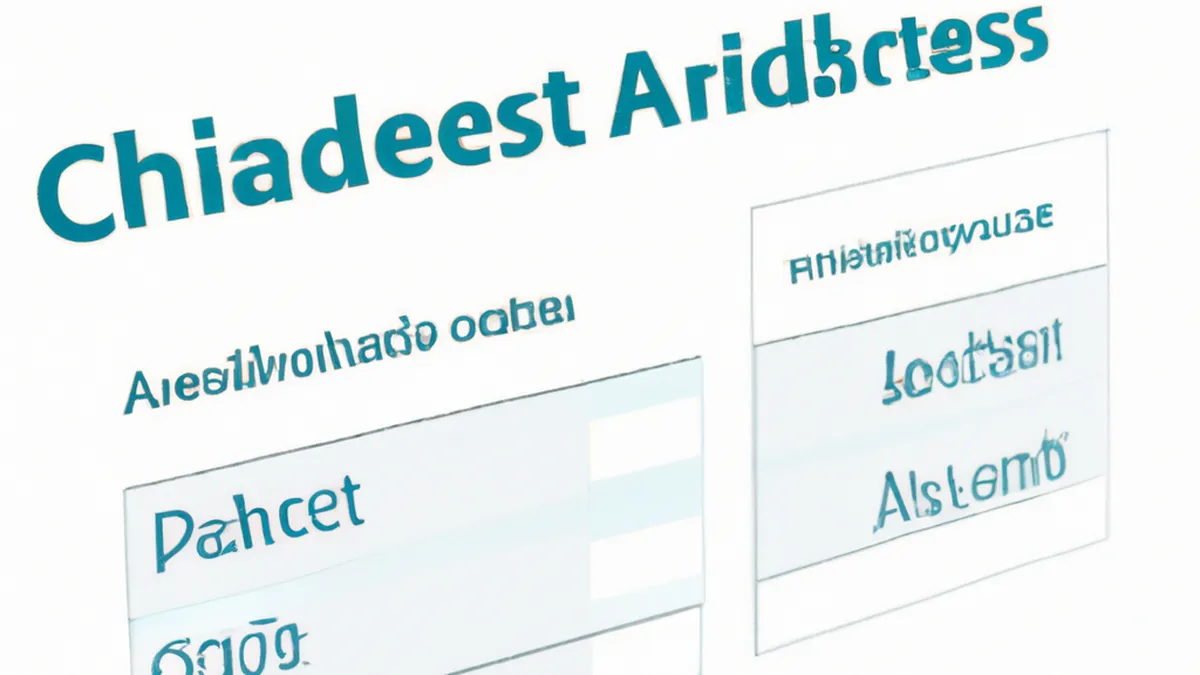Drive Client Success with Data-Driven Dashboards
Analyzing the Impact of Dashboard Usage on Client Adherence
In today’s fast-paced digital world, businesses must engage clients innovatively. Dashboards effectively visualize data and performance metrics. Analyzing dashboard usage reveals strategies to enhance client engagement. This post explores effective dashboard design, usage tips, and the benefits of increased client adherence.
Understanding Dashboard Design
To create an effective dashboard, understand user needs clearly. Identify key metrics that matter to clients. Ensure these metrics are relevant and actionable. For instance, include health-related metrics in a health program.
Prioritize simplicity in your design. Use a clean layout and limit screen elements. A cluttered dashboard overwhelms users and reduces engagement. Use color coding to highlight critical information. This cue helps clients quickly grasp their progress.
Ensure your dashboard remains accessible. Consider mobile-friendly designs for users. Many clients prefer checking their progress on smartphones or tablets. An accessible dashboard accommodates diverse user preferences, boosting adherence.
Tips for Effective Dashboard Usage
After designing an effective dashboard, encourage regular use. Here are some actionable tips:
1. **Set Regular Check-Ins**: Encourage clients to review their dashboards weekly. Regular check-ins help clients stay accountable. They can track progress and make necessary adjustments.
2. **Gamify the Experience**: Introduce gamification elements. For instance, offer rewards for reaching specific metrics. This strategy motivates clients to engage with dashboards consistently.
3. **Provide Training**: Organize training sessions for clients. Teach them to navigate the dashboard effectively. Comfortable clients are more likely to use it regularly.
4. **Collect Feedback**: Actively seek client feedback. Ask what features they find helpful and what improvements they suggest. This feedback loop fosters ownership and increases adherence.
Advice for Enhancing Client Engagement
While design and usage are crucial, ongoing support is equally important. Here’s advice to enhance client engagement:
Personalize the Experience
Tailor the dashboard experience to individual clients. Use their names and include personalized messages. This touch increases their emotional connection to the data. Clients are more likely to adhere to plans that feel personal and relevant.
Create a Community
Encourage clients to connect with each other. Create forums or social media groups for sharing experiences. When clients see others achieving success, they feel inspired to stay committed. A community fosters motivation and accountability.
Offer Continuous Support
Provide ongoing support through regular check-ins or coaching sessions. Clients need a resource for questions. This support helps them feel valued and encourages adherence to their goals.
Benefits of Increased Client Adherence
Dashboard usage significantly impacts client adherence. Engaged clients experience several benefits.
Improved Outcomes
Increased adherence leads to better outcomes. In health programs, clients who track progress achieve health goals more effectively. This success builds confidence and encourages continued engagement.
Enhanced Client Satisfaction
Clients feel satisfied when they see tangible results. A well-designed dashboard clearly shows their progress. As they meet goals, they develop a positive perception of your services. This satisfaction can lead to referrals and long-term loyalty.
Increased Revenue
Improved client adherence often translates to increased revenue. Clients who engage fully tend to invest more over time. They may also be more open to additional services or products. This financial benefit reinforces effective dashboard usage.
Conclusion
Analyzing dashboard usage reveals valuable insights about client adherence. A well-designed dashboard enhances client engagement and promotes accountability. By following usage tips, personalizing experiences, and providing ongoing support, businesses can foster adherence. The benefits include improved outcomes, enhanced satisfaction, and increased revenue. As you implement these strategies, empower clients to take charge of their journeys. Their success will reflect positively on your business.
Below are related products based on this post:
FAQ
What are the key elements of an effective dashboard design?
An effective dashboard design should prioritize user needs by identifying relevant and actionable metrics. It should maintain simplicity with a clean layout, limit screen elements to avoid clutter, and use color coding to highlight critical information. Additionally, ensuring accessibility, particularly with mobile-friendly designs, is crucial for accommodating diverse user preferences.
How can businesses encourage regular usage of dashboards among clients?
Businesses can encourage regular dashboard usage by setting up weekly check-ins for clients, gamifying the experience with rewards for achieving specific metrics, and providing training sessions to help clients navigate the dashboard effectively. Collecting client feedback is also essential as it fosters ownership and encourages consistent use.
What are the benefits of increased client adherence through dashboard usage?
Increased client adherence through dashboard usage leads to improved outcomes, such as clients achieving health goals more effectively, enhanced client satisfaction from seeing tangible results, and increased revenue as engaged clients tend to invest more over time. These benefits reinforce the importance of effective dashboard design and usage.















Post Comment